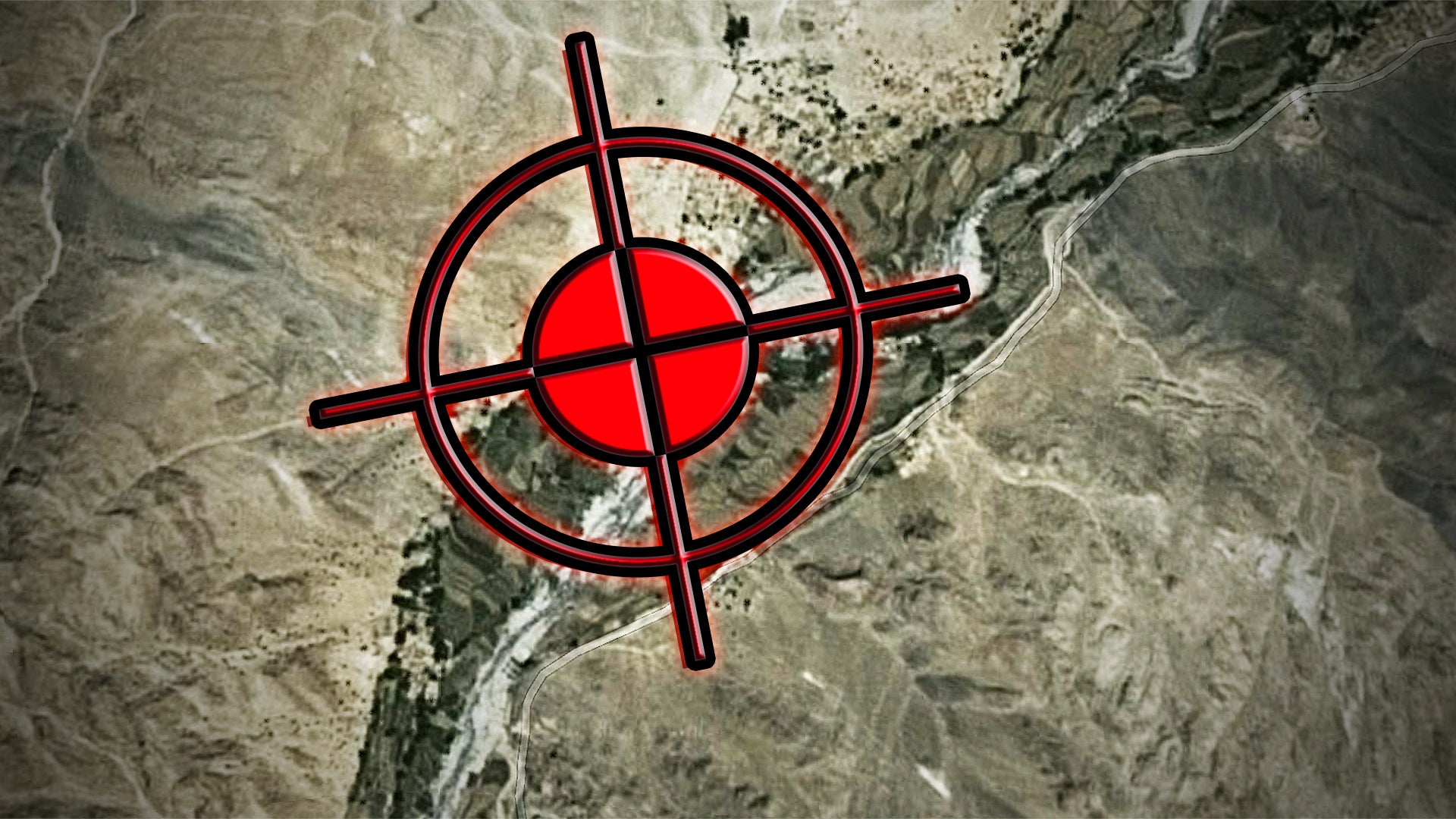Estimates as to how many ISIS fighters were killed as a result of America’s highly publicized Mother Of All Bombs attack on an ISIS stronghold in Afghanistan’s Nangarhar Province continue to grow. New estimates based on what the Afghan National Army saw at the site nearly tripled the original estimate to nearly 100 fighters. That may or may not be accurate, but by looking at new before and after satellite imagery of the target area, it seems as if nearly all features built up on the targeted hillside were wiped off the face of the earth by the strike.
The massive air blast appeared to have worked just as advertised, with the mountainside focusing it effects, and the shockwave expanding down into the valley below. The images above also closely correlate with the official infrared video we have seen of the strike.
When Defense Secretary Mattis was asked earlier today for an updated casualty report from the MOAB strike he said “frankly digging into tunnels to count dead bodies is probably not a good use of our troops’ time when they’re chasing down the enemy that’s still capable.” Mattis also elaborated on his disdain for killed in action metrics as a focus of ongoing military operations, telling reporters while traveling to the Middle East that “for many years we have not been calculating the results of warfare by simply quantifying the number of enemy killed. You all know of the corrosive effect of that sort of metric back in the Vietnam War. It’s something that has stayed with us all these years… You don’t want to start calculating things, as far as what matters, in the crude terms of battle casualties.”
Fair enough, and considering all the streaming video and hyperspectral and radar imagery from aerial and satellite sources the Pentagon has at its disposal, they can ascertain better than anyone that what was is no longer when it comes to ISIS’s remote hillside fortification in Nangarhar province.

The area remains closed to civilians and journalists supposedly because fighting continues in pockets throughout the region, and in the vacinity of the MOAB strike. Some think the level of devastation caused by the exotic attack is something the US does not want to share with the press. FLIR imagery of the blast and even satellite photos are one thing, but seeing close-up what an air burst weapon like MOAB can do may be another manner.
Mattis and his team are also fully aware of how big an impact the use of the GBU-43 would have on the media, and like its BLU-82 “Daisy Cutter” predecessor, MOAB is as much a psychological weapon as anything else. When asked about his commanders’ decision to use weapon, and if they realized how big of a story it would become, Mattis responded that “I have no doubt that they do. And if they didn’t, I’d remove them.”
Contact the author: Tyler@thedrive.com
